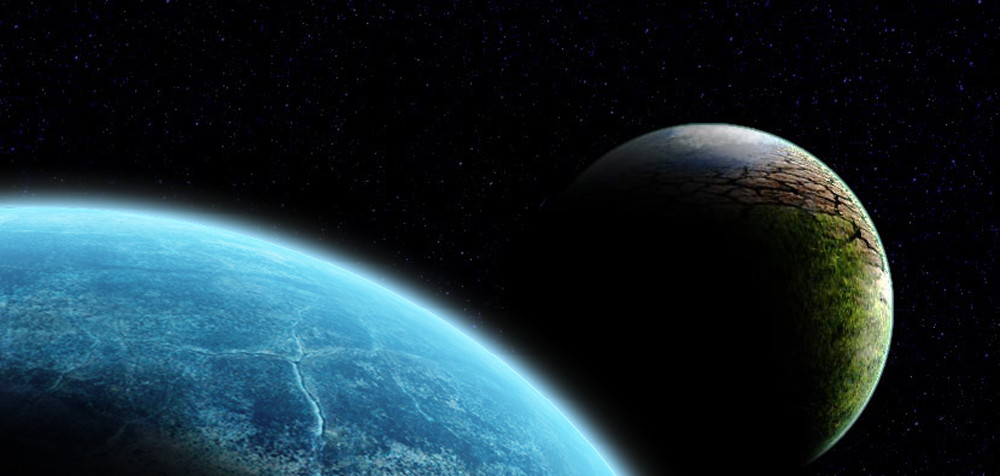2012 Mayan Apocalypse Rumors Have Dark Side, NASA Warns

NASA scientists took time on Wednesday (Nov. 28) to soothe 2012 doomsday fears, warning against the dark side of Mayan apocalypse rumors — frightened children and suicidal teens who truly fear the world may come to an end Dec. 21.
These fears are based on misinterpretations of the Mayan calendar. On the 21st, the date of the winter solstice, a calendar cycle called the 13th b'ak'tun comes to an end. Although Maya scholars agree that the ancient Maya would not have seen this day as apocalyptic, rumors have spread that a cosmic event may end life on Earth on that day.
Thus NASA's involvement. The space agency maintains a 2012 information page debunking popular Mayan apocalypse rumors, such as the idea that a rogue planet will hit Earth on Dec. 21, killing everyone. (In fact, astronomers are quite good at detecting near-Earth objects, and any wandering planet scheduled to collide with Earth in three weeks would be the brightest object in the sky behind the sun and moon by now.)
"There is no true issue here," David Morrison, an astrobiologist at NASA Ames Research Center, said during a NASA Google+ Hangout event today (Nov. 28). "This is just a manufactured fantasy." [End of the World? Top Doomsday Fears]
Real-world consequences
Unfortunately, Morrison said, the fantasy has real-life consequences. As one of NASA's prominent speakers on 2012 doomsday myths, Morrison said, he receives many emails and letters from worried citizens, particularly young people. Some say they can't eat, or are too worried to sleep, Morrison said. Others say they're suicidal.
"While this is a joke to some people and a mystery to others, there is a core of people who are truly concerned," he said.
Sign up for the Live Science daily newsletter now
Get the world’s most fascinating discoveries delivered straight to your inbox.
Not every 2012 apocalypse believer thinks the world will end on Dec. 21. Some, inspired by New Age philosophies, expect a day of universal peace and spiritual transformation. But it's impressionable kids who have NASA officials worried.
"I think it's evil for people to propagate rumors on the Internet to frighten children," Morrison said.
Myths and misconceptions
NASA scientists took questions via social media in the hour-long video chat, debunking doomsday myths from the rogue planet Nibiru to the danger of killer solar flares.
In fact, said NASA heliophysicist Lika Guhathakurta, it's true that the sun is currently in an active phase of its cycle, meaning electromagnetic energy has picked up. Large solar flares can impact electronics and navigation systems on Earth, but satellites monitoring the sun give plenty of warning and allow officials to compensate for the extra electromagnetic activity when it hits our atmosphere. What's more, Guhathakurta said, this particular solar maximum is the "wimpiest" in some time — scientists have no reason to expect solar storms beyond what our planet has weathered in the past.
Nor are any near-Earth objects, planetary or otherwise, threatening to slam into our planet on Dec. 21, said Don Yeomans, a planetary scientist who tracks near-Earth objects at NASA's Jet Propulsion Laboratory. The only close asteroid approach on the horizon is forecast to occur on Feb. 13, 2013, when an asteroid will pass within 4.5 Earth radii to our planet (for perspective, Earth's radius is 3,963 miles, or 6,378 kilometers). The asteroid is not going to hit Earth, Yeomans said.
Other rumors — that the Earth's magnetic field will suddenly reverse or that the planet will travel almost 30,000 light-years and fall into the black hole at the center of the Milky Way galaxy — were also dismissed. (A light-year is the distance light travels in one year, or about 6 trillion miles, or 10 trillion km.)
One popular rumor that the planet will undergo a complete blackout from Dec. 23 to 25 earned a "What?" and blank looks from the panel of scientists.
Ultimately, concerns about Earth's fate would be better focused on slow-acting problems such as climate change rather than some sort of cosmic catastrophe, said Andrew Fraknoi, an astronomer at Foothill College in California.
Mitzi Adams, a heliophysicist at NASA's Marshall Space Flight Center, agreed.
"The greatest threat to Earth in 2012, at the end of this year and in the future, is just from the human race itself," Adams said.
Follow Stephanie Pappas on Twitter @sipappas or LiveScience @livescience. We're also on Facebook & Google+.

Stephanie Pappas is a contributing writer for Live Science, covering topics ranging from geoscience to archaeology to the human brain and behavior. She was previously a senior writer for Live Science but is now a freelancer based in Denver, Colorado, and regularly contributes to Scientific American and The Monitor, the monthly magazine of the American Psychological Association. Stephanie received a bachelor's degree in psychology from the University of South Carolina and a graduate certificate in science communication from the University of California, Santa Cruz.










